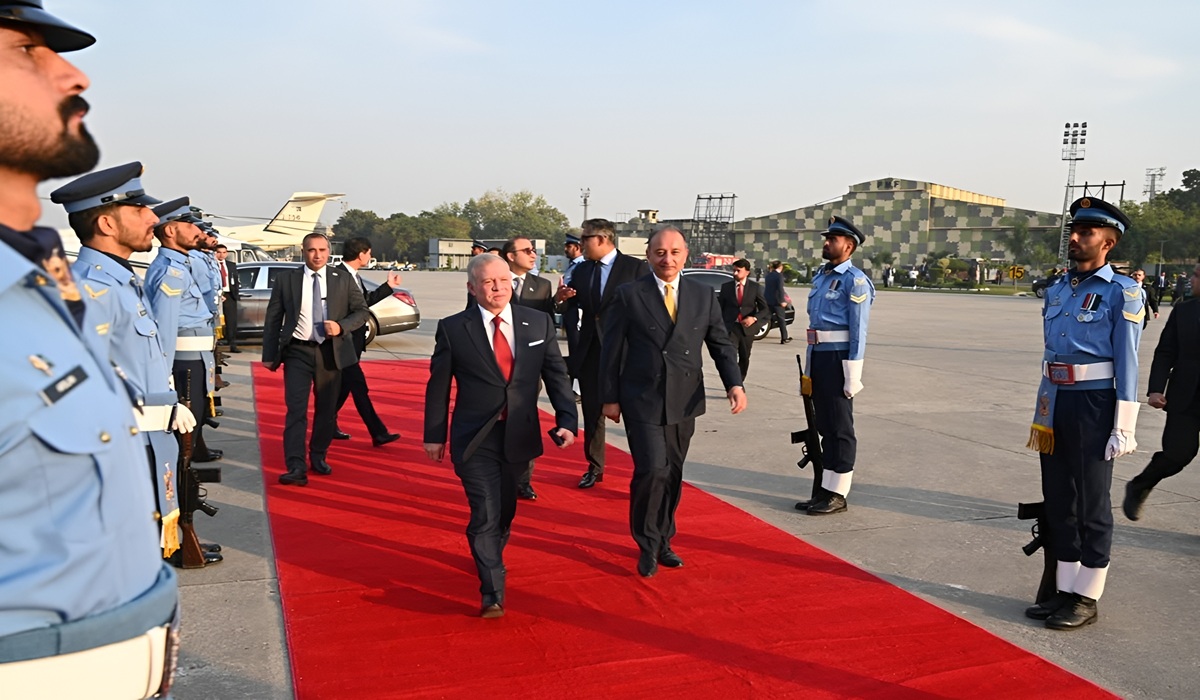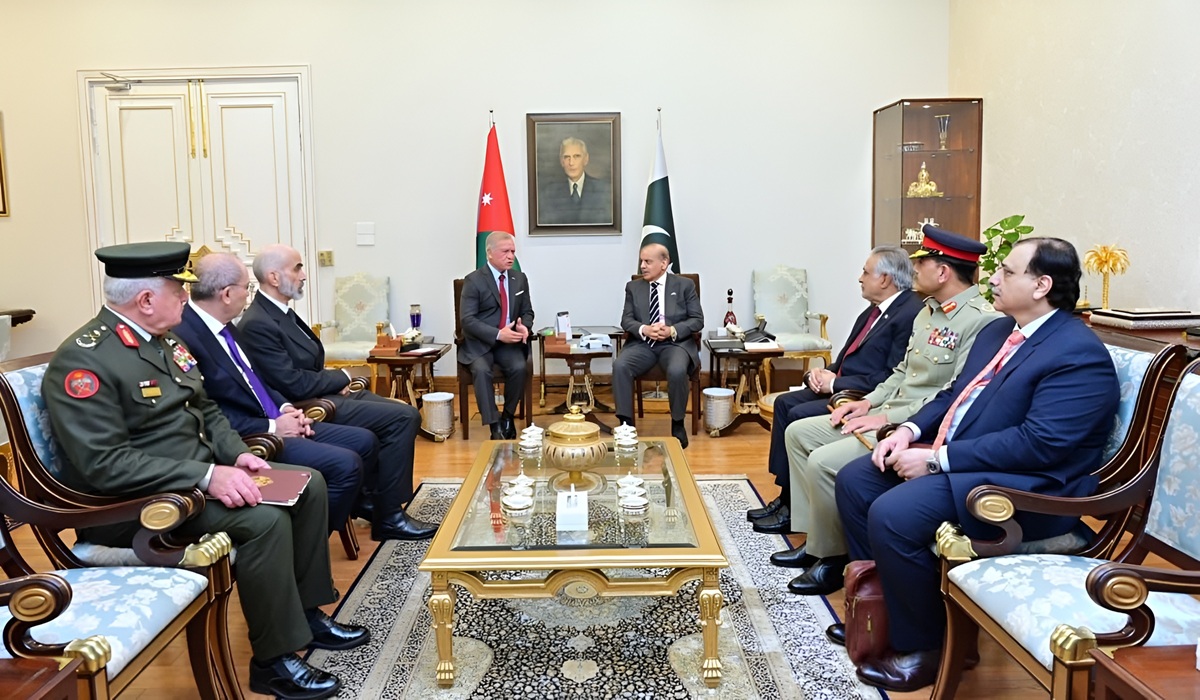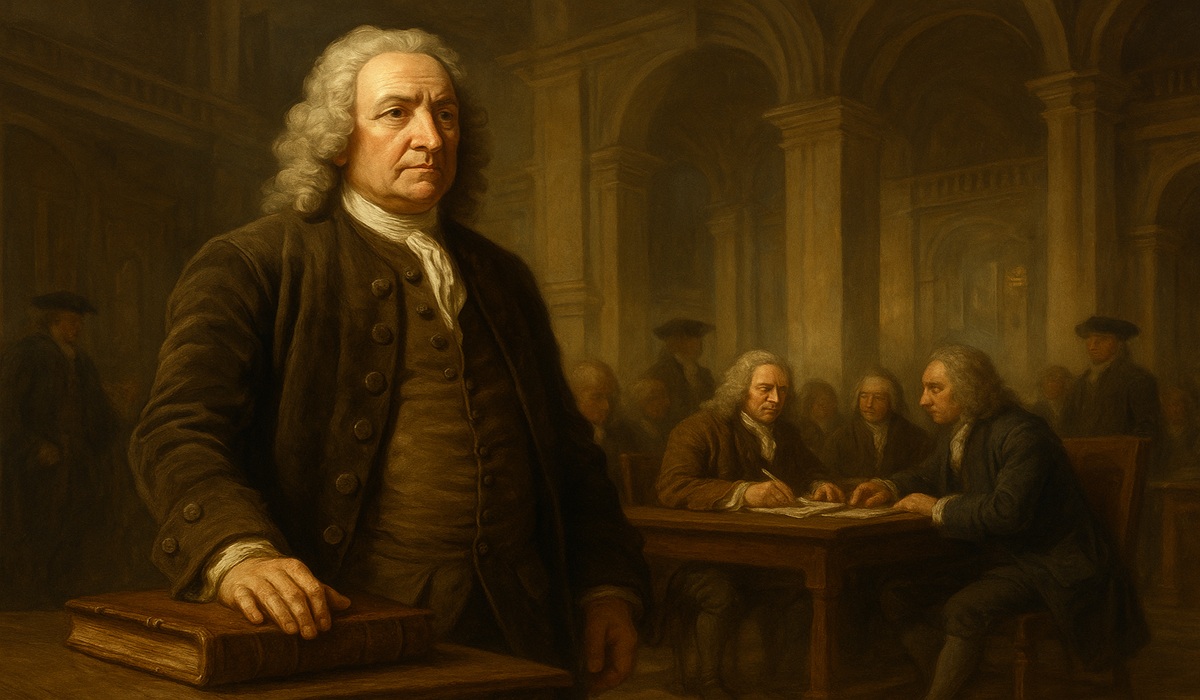Image Credit: Hosny Salah
For more than seventy years, the question of Palestinian statehood has hung over the Middle East like a cloud that never bursts. Since the UN first partition plan in 1947, Palestinians have been promised independence through countless peace processes, most famously the Oslo Accords of the 1990s. American presidents have repeated the phrase “two-state solution” like a mantra. European leaders endorse it in every communique. Arab countries invoke it at nearly every summit. Yet, in 2025, Palestine is still not a state.
The obvious question for policymakers, diplomats, and ordinary citizens is whether an independent Palestine is still possible. Are we talking about a realistic outcome that could emerge within the next few months or years, or is it simply an illusion—an aspiration that will hardly materialize because of political realities dominated by United States?
On the surface, international consensus should make the probability look strong. The UN has endorsed Palestinian statehood in dozens of resolutions. The European Union insists on it as the only long-term solution to regional peace. Even the US, despite being Israel’s closest ally, has never officially abandoned the two-state framework. Arab and Muslim-majority nations, from Saudi Arabia to Indonesia, repeatedly call for a Palestinian state with East Jerusalem as its capital.
But consensus on paper is not the same as action on the ground. The gap between global rhetoric and reality has only widened.
The single biggest obstacle is Israel itself. Over the past two decades, Israeli governments have built and expanded Jewish settlements deep into the West Bank. These settlements carve up the land Palestinians would need for a contiguous state. Roads, checkpoints, and military zones further fragment the territory. The dream of a viable Palestinian state is being buried under concrete and barbed wire.
Israel’s current leadership sees Palestinian sovereignty not as a compromise but as a mortal threat. Benjamin Netanyahu and his allies openly reject the idea of an independent Palestine. Their vision emphasizes permanent Israeli control over the Jordan Valley and continued settlement growth. Unless Israel makes a strategic decision to accept Palestinian independence—and there are no signs of that today—the probability of a state shrinks dramatically.
Palestinian politics add to the difficulty. The Palestinian Authority, based in Ramallah, governs parts of the West Bank. Hamas rules Gaza. The two sides are bitter rivals, unable to present a unified front. This division not only weakens Palestinians diplomatically, but also raises serious questions about how they would govern an independent state. Without political unity, Palestine lacks the internal legitimacy needed to function as a sovereign nation.
Many Palestinians are disillusioned with both leaderships. Repression and lack of elections have eroded trust. For statehood to be credible, Palestinians will need a new generation of leadership that is both legitimate and united—an outcome that remains uncertain.
Another factor lowering the odds is shifting global priorities. In the 1990s, the Israeli-Palestinian conflict was at the center of international diplomacy. Today, it competes with wars in Ukraine, tensions in East Asia, and climate change. Many Arab governments that once championed the Palestinian cause have normalized relations with Israel, prioritizing trade, security, and technology over solidarity with Palestinians.
In the US, domestic politics remain a roadblock. While younger Americans, especially progressives, show growing sympathy for Palestinians, bipartisan support for Israel in Congress remains strong. Presidents may talk about Palestinian rights, but when it comes to putting real pressure on Israel—through sanctions, aid conditions, or diplomatic consequences—Washington consistently backs away.
The ongoing devastation in Gaza adds yet another layer. Some argue that the destruction proves Palestinians need their own independent state to break the endless cycle of violence. Others, especially within Israel, use Gaza as an example of why Palestinian self-rule is too risky. For them, Gaza is not a warning of what happens when Palestinians are denied freedom, but proof that Palestinian independence leads to instability and war. How the world interprets Gaza’s tragedy will heavily shape the future of the Palestinian cause.
If we had to assign a probability, the chances of a Palestinian state being established in the next few months or years look slim. The barriers are simply too entrenched: Israeli settlements, Palestinian divisions, and international inaction.
But history reminds us that improbable outcomes can become reality. Few believed apartheid in South Africa would collapse until it did. Few imagined East Timor would win independence until the referendum happened. Political landscapes can shift suddenly, often after years of seeming stalemate.
The truth is that Palestinian statehood today is less a probability and more a possibility. The pieces needed—Israeli acceptance, Palestinian unity, and international pressure—are missing. Yet they could fall into place under the right circumstances. Prolonged conflict can create unexpected turning points. Shifts in U.S. politics, demographic changes inside Israel, or a new generation of Palestinian leaders could alter the equation.
For now, the dream of an independent Palestine remains out of reach. It survives in speeches, resolutions, and symbols, but it has not moved closer to reality on the ground. Unless Israel changes its position, Palestinians find unity, and the international community finally acts instead of talks, Palestine will remain a state-in-waiting.
But history has a way of surprising us. What looks impossible one year can become inevitable the next. The question is not whether Palestinians deserve a state—they clearly do—but whether the United States is willing to turn principle into reality. Until then, Palestinian independence will remain on the horizon: visible, promised, but never arriving.









